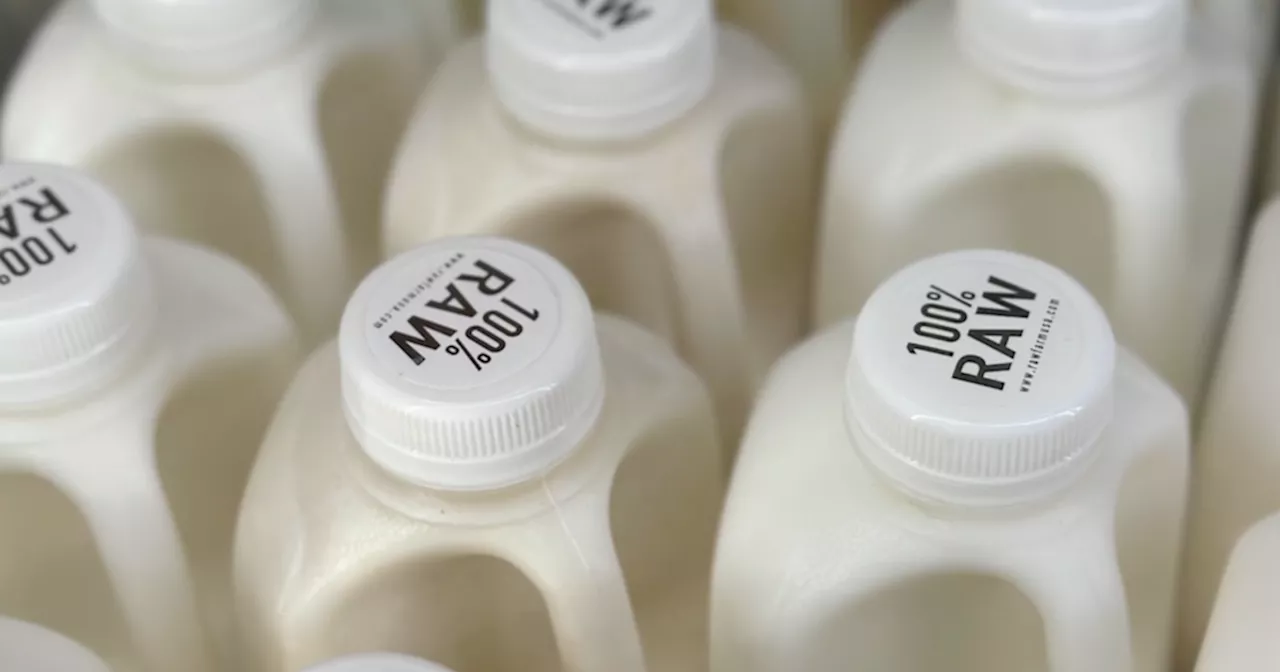Biologists have shown that the surfaces of plant leaves are coated with a diverse array of RNA molecules. The finding suggests that the RNA present on the leaf surface may play a role in shaping the microbial communities that inhabit them, potentially influencing plant health and interactions within their environment, according to a new study.
Biologists at Indiana University Bloomington have shown that the surfaces of plant leaves are coated with a diverse array of RNA molecules. The finding suggests that the RNA present on the leaf surface may play a role in shaping the microbial communities that inhabit them, potentially influencing plant health and interactions within their environment, according to a new study.
"What excites us most about this discovery is that it indicates plants may control their microbiomes, in part, by regulating gene expression in microbes using cross-kingdom RNA interference, also known as RNAi," said Innes."RNA interference is a well-known type of gene regulation in which cells can turn down the expression of a gene by expressing a small RNA that can base pair with the RNA of the target gene.
The paper found there are abundant RNAs on leaf surfaces that are surprisingly stable. Data presented in the paper suggests that this stability might be associated with the ability of the RNA to form condensates with polysaccharides, such as pectin. By discovering that plant leaves are coated with RNA, this work shows that the microbes that colonize the surfaces of leaves are exposed to plant RNA and likely interact with this RNA.
Additional contributors to the paper were Megha Hastantram Sampangi-Ramaiah and Hana Zand Karimi of the Indiana University Department of Biology, Patricia Baldrich and Blake C. Meyers of University of California -- Davis, and Madison McGregor of the Donald Danforth Plant Science Center.M. Lucía Borniego, Meenu Singla-Rastogi, Patricia Baldrich, Megha Hastantram Sampangi-Ramaiah, Hana Zand Karimi, Madison McGregor, Blake C. Meyers, Roger W. Innes.
Genetics Biology CRISPR Gene Editing Exotic Species Geochemistry Geology Grassland
United States Latest News, United States Headlines
Similar News:You can also read news stories similar to this one that we have collected from other news sources.
 Scientists design bioluminescent RNARNA is the molecule that reads the genetic information stored in DNA. It's critical for the proper functioning of cells, and in a new study scientists have discovered a way of tagging RNA with a glowing bioluminescent molecule that allows them to track RNA in real time as it moves throughout the body.
Scientists design bioluminescent RNARNA is the molecule that reads the genetic information stored in DNA. It's critical for the proper functioning of cells, and in a new study scientists have discovered a way of tagging RNA with a glowing bioluminescent molecule that allows them to track RNA in real time as it moves throughout the body.
Read more »
 Dead Whale Remains on Anchorage Mudflats, Biologists Seek CluesA dead whale, described as a very young female, has been stranded on the mudflats near Westchester Lagoon in Anchorage, Alaska, for nearly two months. Biologists are working to determine the cause of death and collect samples for further analysis. The whale's body has been preserved by the cold weather and is still in the same location where it was first discovered.
Dead Whale Remains on Anchorage Mudflats, Biologists Seek CluesA dead whale, described as a very young female, has been stranded on the mudflats near Westchester Lagoon in Anchorage, Alaska, for nearly two months. Biologists are working to determine the cause of death and collect samples for further analysis. The whale's body has been preserved by the cold weather and is still in the same location where it was first discovered.
Read more »
 4 biologists awarded Germany's most prestigious scientific award, worth 2.5 million eurosEmily is a health news writer based in London, United Kingdom. She holds a bachelor's degree in biology from Durham University and a master's degree in clinical and therapeutic neuroscience from Oxford University. She has worked in science communication, medical writing and as a local news reporter while undertaking journalism training.
4 biologists awarded Germany's most prestigious scientific award, worth 2.5 million eurosEmily is a health news writer based in London, United Kingdom. She holds a bachelor's degree in biology from Durham University and a master's degree in clinical and therapeutic neuroscience from Oxford University. She has worked in science communication, medical writing and as a local news reporter while undertaking journalism training.
Read more »
 Huntington's Disease Linked to Other Neurodegenerative Disorders Through RNA Processing DefectsA new study reveals the molecular mechanisms behind RNA processing defects in Huntington's disease (HD) and connects HD to other neurodegenerative diseases like ALS, FTLD, and Alzheimer's.
Huntington's Disease Linked to Other Neurodegenerative Disorders Through RNA Processing DefectsA new study reveals the molecular mechanisms behind RNA processing defects in Huntington's disease (HD) and connects HD to other neurodegenerative diseases like ALS, FTLD, and Alzheimer's.
Read more »
 Covid RNA Analyzed With Tee on OVM: Open (Incl. RSS3) Supercharges DeSciCrypto Blog
Covid RNA Analyzed With Tee on OVM: Open (Incl. RSS3) Supercharges DeSciCrypto Blog
Read more »
 Flu Virus Can Survive in Raw Milk for Five Days, Study FindsA new study from Stanford University reveals that the human flu virus H1N1 PR8 can remain infectious in raw milk for up to five days. The research also shows that viral RNA, while not directly infectious, persists for at least 57 days. Pasteurization effectively destroys infectious virus material and significantly reduces viral RNA levels.
Flu Virus Can Survive in Raw Milk for Five Days, Study FindsA new study from Stanford University reveals that the human flu virus H1N1 PR8 can remain infectious in raw milk for up to five days. The research also shows that viral RNA, while not directly infectious, persists for at least 57 days. Pasteurization effectively destroys infectious virus material and significantly reduces viral RNA levels.
Read more »
